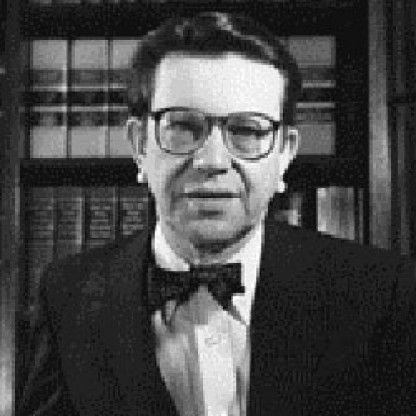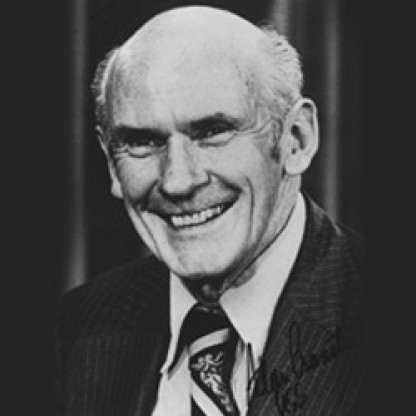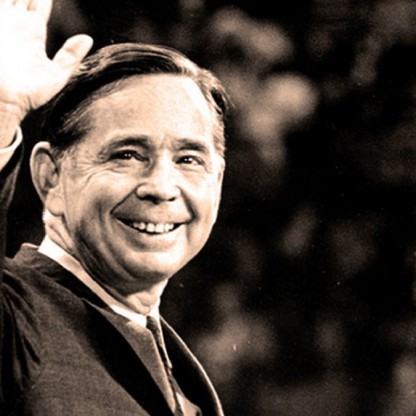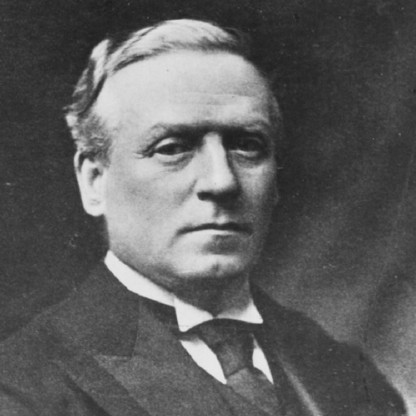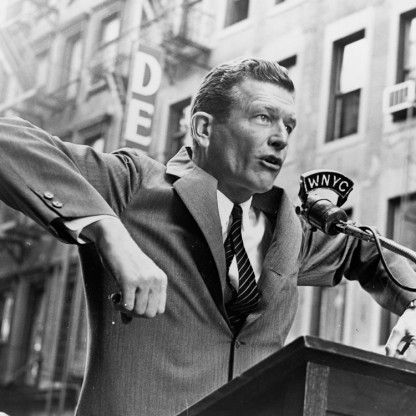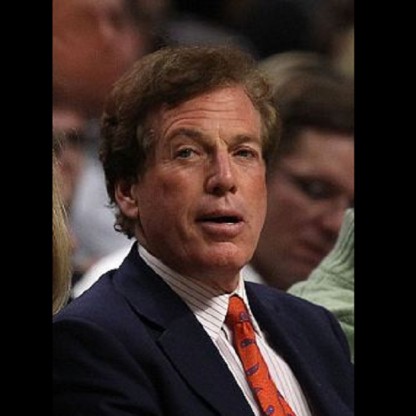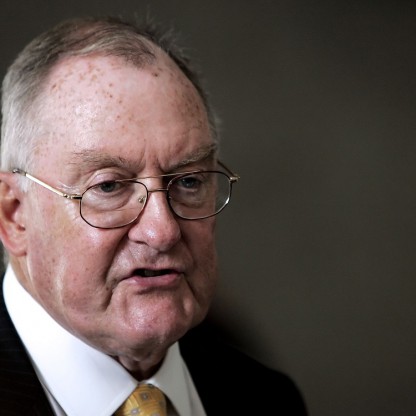Ramachandran made his film debut in 1936, in the film Sathi Leelavathi, directed by Ellis Dungan, an American-born film Director. Generally starring in romance or action films, MGR got his big breakthrough in the 1950 film Manthiri Kumari, written by M. Karunanidhi. Soon he rose to popularity with the 1954 film Malaikkallan. He acted as hero in the Tamil film industry's first ever Gevacolor movie, the 1955 Alibabavum 40 Thirudargalum. He rose to become the heartthrob of millions of Tamilians with movies such as Thirudadhe, Enga Veettu Pillai, Aayirathil Oruvan, Anbe Vaa, Mahadevi, Panam Padaithavan, Ulagam Sutrum Vaalibhan, etc. He won the National Film Award for Best Actor for the film Rickshawkaran in 1972. He acted in many movies that appealed to the direct sentiments of the Common man and the rich as well. His 1973 blockbuster Ulagam Sutrum Vaalibhan broke the previous box office records of his movies. It was one of the few movies filmed abroad in those days. It was shot in Singapore, Malaysia, Thailand, Hong Kong and Japan. The DMK tried very hard to illegally prevent the screening of the film using strong-arm tactics, but ultimately failed in its attempt. His acting career ended in 1987 with his last film Ullagam Suthi Paru, in which he acted even though he had been diagnosed with kidney failure.

